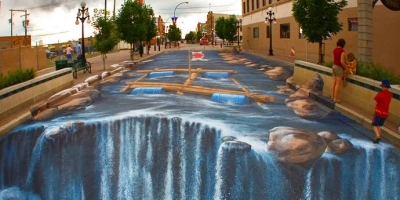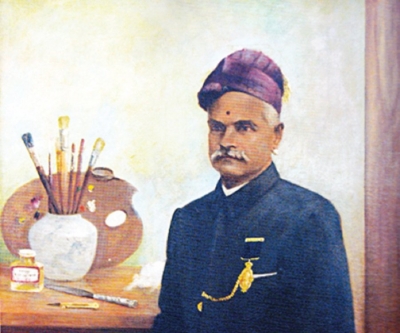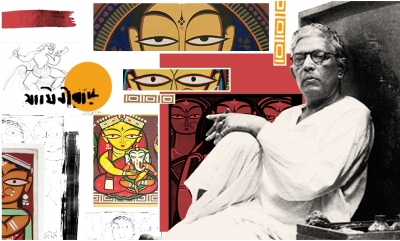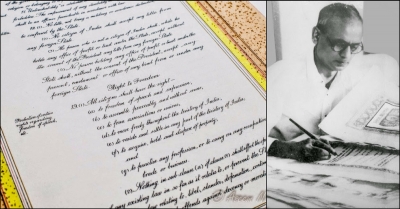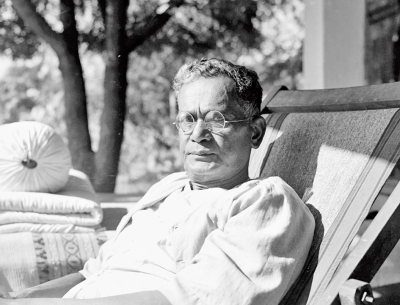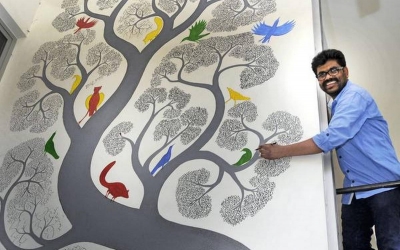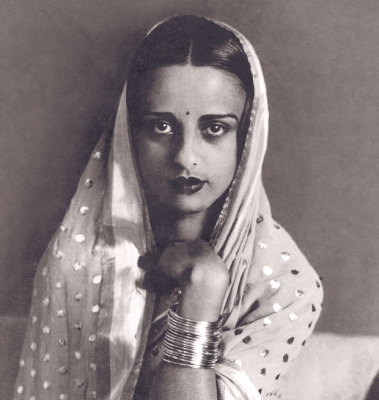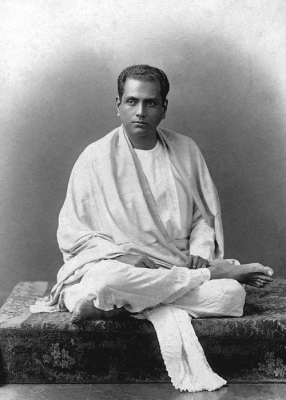
The Victoria Memorial Hall is proud to present this major exhibition of paintings of the great master Abanindranath Tagore (1871-1951), the foundational figure of the Bengal school of Art, and widely hailed as the 'Father of Modern Indian Art'. Curated by Professor Ratan Parimoo, the Director of Lalbhai Dalpatbhai Museum of Indology and N. C. Mehta Gallery, Ahmedabad, and a leading expert of Tagore paintings, this exhibition - put together painstakingly from the combined collections of the Victoria Memorial Hall and Rabindra Bharati society - includes representative samples from Abanindranath's entire oeuvre, showcasing not only iconic works like Bharatmata and The Passing of Shah Jahan, but also works from his celebrated series of Krishna Lila, the Mangal Kavyas, The Arabian Nights, and his playful takes on Masks. Many of the works included in this exhibition will be on view to the public for the first time.
Abanindranath Tagore was born in Jorasanko, Calcutta, British India, to Gunendranath Tagore and Saudamini Tagore. His grandfather was Girindranath Tagore, the second son of "Prince" Dwarkanath Tagore. He was a member of the distinguished Tagore family, and a nephew of the poet Rabindranath Tagore. His grandfather and his elder brother, Gaganendranath Tagore, were also artists.
Tagore learned art when studying at Sanskrit College, Kolkata in the 1880s.
In 1890, around the age of twenty years, Abanindranath attended the Calcutta School of Art where he learnt to use pastels from O. Ghilardi, and oil painting from C. Palmer, European painters who taught in that institution.
In 1889, he married Suhasini Devi, daughter of Bhujagendra Bhusan Chatterjee, a descendant of Prasanna Coomar Tagore. At this time he left the Sanskrit College after nine years of study and studied English as a special student at St. Xavier's College, which he attended for about a year and a half.
He had a sister, Sunayani Devi.
Picture Credit : Google







